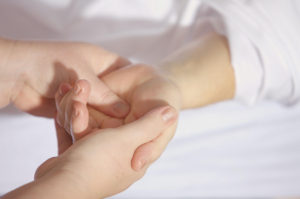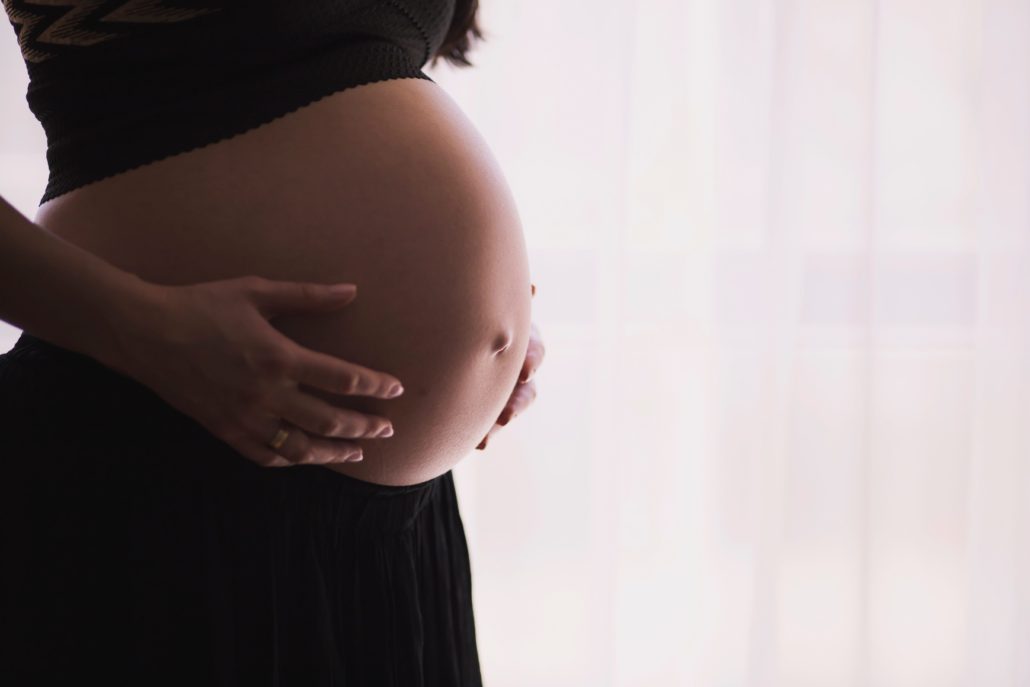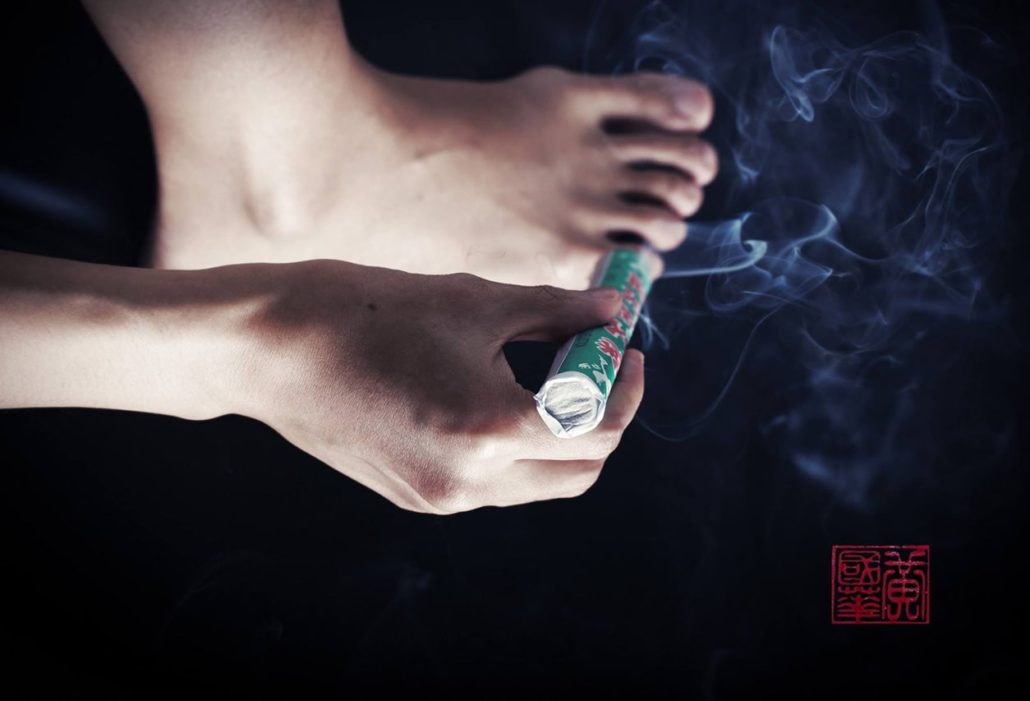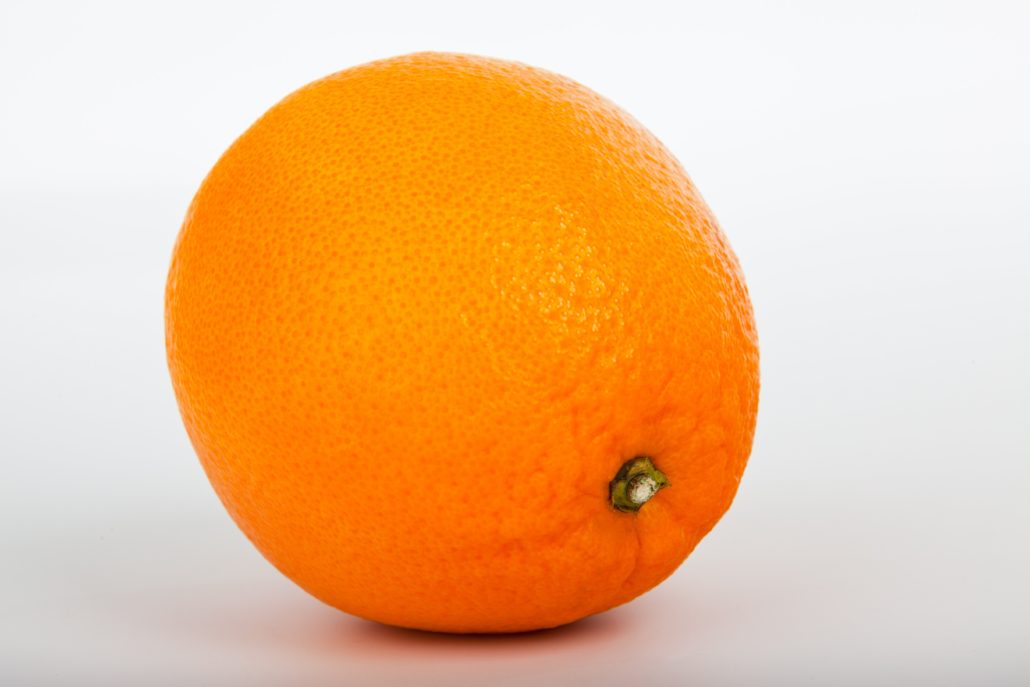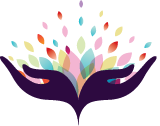PCOS & Infertility: How Jenny overcame her PCOS diagnosis and became pregnant
A 36 year old nurse, Jenny came to our clinic after trying to get pregnant for the past year. Her story was a familiar one. She had been on the pill for nearly a decade to help ease and manage her periods. When she and her husband were ready to grow their family, she came […]

